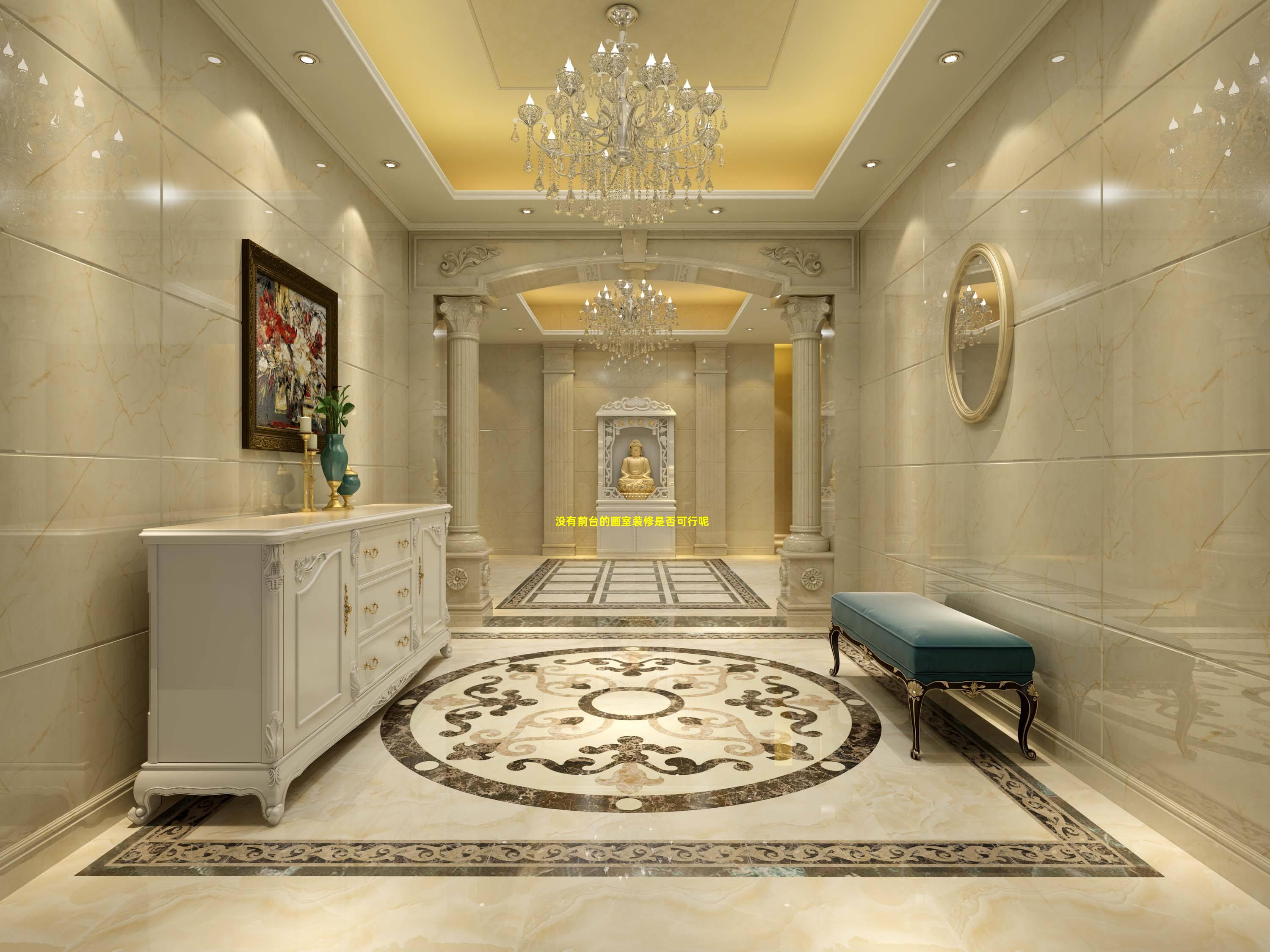





没有前台的画室装修是可行的,但需要考虑以下因素:
安全问题:没有前台人员,画室的安全可能受到影响。需要采取额外的安全措施,例如安装安全摄像头、门禁系统和警报器。
客户体验:没有前台人员,客户可能无法获得及时的帮助或信息。需要提供替代方式,例如在线预订系统、自助服务亭或电话支持。
运营效率:没有前台人员,某些运营任务可能变得更加困难,例如管理预约、收款和提供材料。需要自动化或外包这些任务。
优点节省空间:前台区域通常需要占用宝贵的画室空间。
降低成本:没有前台人员可以节省工资和福利费用。
提高灵活性:没有前台人员,画室可以更灵活地安排开放时间和活动。
缺点安全隐患:没有前台人员,画室更容易受到盗窃或破坏。
客户不便:客户可能难以获得帮助或信息,这可能会影响他们的体验。
运营挑战:某些运营任务可能变得更加困难,需要额外的努力或资源。
替代方案如果完全没有前台不合适,可以考虑以下替代方案:
虚拟前台:使用远程前台服务,提供电话、电子邮件和聊天支持。
自助服务亭:安装自助服务亭,允许客户预订、付款和获取信息。
移动应用程序:开发一个移动应用程序,提供客户支持、预约管理和支付功能。
结论没有前台的画室装修是可行的,但需要仔细考虑安全、客户体验和运营效率等因素。通过采取适当的措施,可以克服这些挑战并享受没有前台的画室带来的好处。
没有前台的画室装修是否可行?
可行性:节省空间:前台通常占用画室宝贵的空间,而没有前台可以释放出更多空间用于绘画或其他活动。
更私密:没有前台可以营造更私密的氛围,让艺术家可以专注于他们的工作。
更灵活:没有前台可以使画室更灵活,可以根据需要轻松重新配置空间。
注意事项:客户接待:如果没有前台,需要考虑如何接待客户和管理预约。可以考虑使用在线预约系统或在画室入口处设置一个接待区。
安全:没有前台可能会降低画室的安全水平。需要采取额外的措施来确保画室的安全,例如安装安全摄像头或门禁系统。
专业性:没有前台可能会让画室看起来不太专业。可以考虑使用其他方式来提升画室的专业形象,例如创建专业的网站或社交媒体页面。
替代方案:虚拟前台:使用虚拟前台服务可以提供客户接待和预约管理,而无需实体前台。
自助服务亭:安装自助服务亭可以让客户自行预约和办理入住手续。
移动应用程序:开发一个移动应用程序,让客户可以远程预约和管理他们的账户。
结论:没有前台的画室装修是可行的,但需要仔细考虑客户接待、安全和专业性等因素。通过实施替代方案或采取额外的措施,可以克服这些挑战,创造一个既实用又私密的画室空间。

画室前台的工作内容和职责
接待和问候迎接和问候客户,提供友好的服务
回答客户的询问,提供有关画室课程、活动和服务的详细信息
处理客户注册和付款
行政支持维护客户记录和数据库
安排课程和活动
处理电话和电子邮件通信
协助画室管理人员完成行政任务
销售和营销推广画室课程和活动
销售画室产品和服务
协助组织画室展览和活动
客户服务解决客户投诉和问题
提供有关画室政策和程序的信息
确保客户满意度
其他职责维护画室的清洁和整洁
协助画室教师和工作人员
遵守画室的安全和健康规定
接受持续培训以保持对画室运营的了解
所需的技能和资格
出色的沟通和人际交往能力
组织能力和注重细节
对艺术和创意产业的热情
计算机素养和行政支持技能
积极主动和以客户为导向的态度
Create a Welcoming Atmosphere in Your Art Studio with a Stunning Background Wall
The background wall of your art studio is a blank canvas that can set the tone for your creative space. Whether you prefer a minimalist aesthetic or a more eclectic look, there are endless possibilities to transform this wall into a work of art in its own right.
1. Gallery Wall:
A gallery wall is a classic way to display your favorite artwork, photographs, and inspirational quotes. Arrange a variety of frames in different sizes and styles to create a dynamic and visually appealing display.
2. Mural:
If you're feeling artistic, why not paint a mural on your background wall? This could be a landscape, an abstract design, or even a portrait of your favorite artist. A mural will add a unique and personal touch to your studio.
3. Wallpaper:
Wallpaper is a great way to add pattern and texture to your walls. Choose a wallpaper that complements your artwork and creates the desired atmosphere. For example, a floral wallpaper would create a feminine and inviting space, while a geometric wallpaper would add a modern and edgy touch.
4. Fabric:
Fabric can be used to create a cozy and inviting background wall. Drape a piece of fabric over the wall and secure it with tacks or staples. You can choose a solid color or a patterned fabric to add visual interest.
5. Shelves:
Shelves are a practical and stylish way to display your art supplies, books, and other studio essentials. Choose shelves that match the style of your studio and arrange them in a way that creates a visually appealing display.
6. Lighting:
Lighting is an important element to consider when designing your background wall. Choose lighting that will highlight your artwork and create the desired atmosphere. For example, track lighting can be used to create a dramatic effect, while recessed lighting can provide a more subtle and diffused light.
No matter what style you choose, the background wall of your art studio should be a reflection of your personality and creativity. By following these tips, you can create a space that is both inspiring and functional.